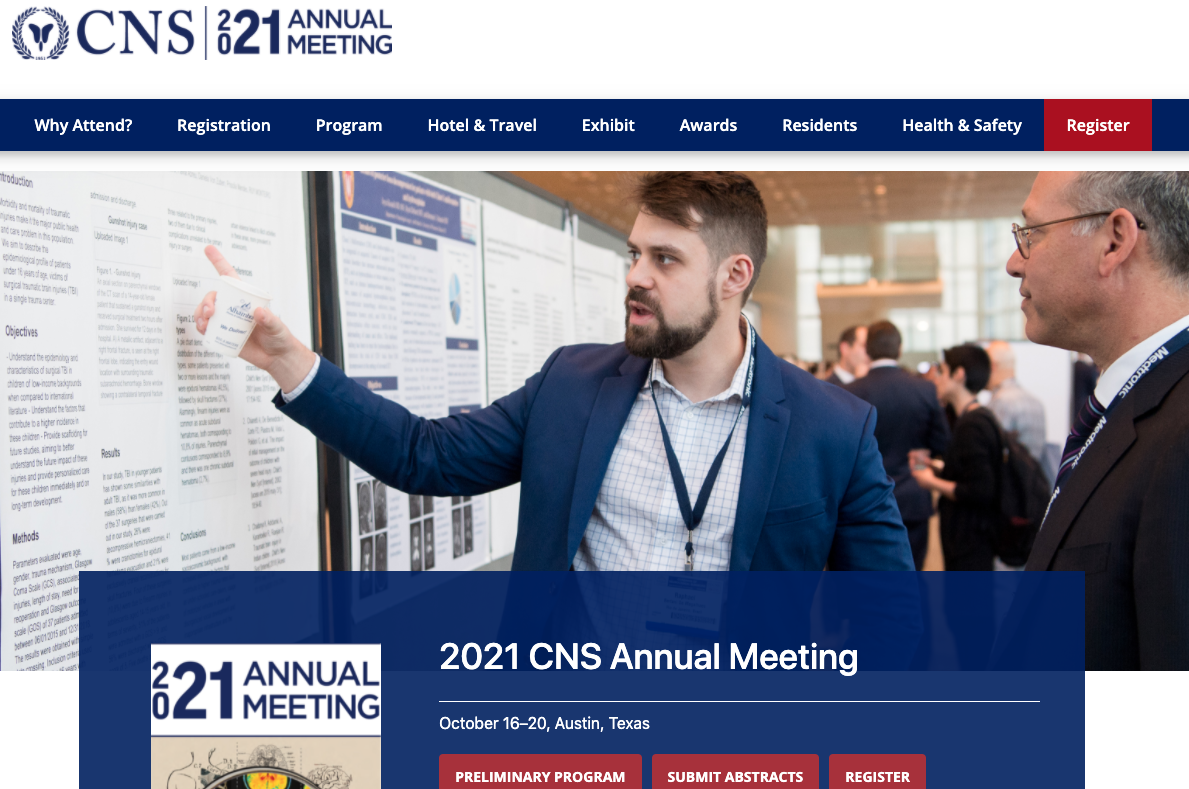X
X
Leaving Community
Are you sure you want to leave this community? Leaving the community will revoke any permissions you have been granted in this community.
No
Yes
X
NIF Webinar – March 30, 2010 / Topic: NIF as a Multi-Model Semantic Information System Part 1: Relational, XML, RDF and OWL models
NIF Webinar – March 30, 2010 / Topic: NIF as a Multi-Model Semantic Information System Part 1: Relational, XML, RDF and OWL models
The Neuroscience Information Framework (NIF) hosts Webinar series on topics focused on collaborating with NIF, getting involved in building the NIF vocabulary, using NIF portal resources, as well as other appropriate NIF topics.Our next NIF Webinar is scheduled for March 30th, 2010. Please join Dr. Amarnath Gupta from the University of California, San Diego as he covers: NIF as a Multi-Model Semantic Information System--Part 1: Relational, XML, RDF and OWL models. Below is information on how to join the online meeting and accompanying teleconference.
Date and Time: Tuesday, March 30, 2010 • 11:00-12:00 PST
Topic: NIF as a Multi-Model Semantic Information System--Part 1: Relational, XML, RDF and OWL models
Presenters: Amarnath Gupta
URL: http://connect.neuinfo.org/webinar
Dial-In (toll-free): 866-740-1260
Access Code: 8220739
An important goal of the Neuroscience Information Framework (NIF) is to develop a data infrastructure that can ingest structured, semi-structured and unstructured information and perform semantic search over them. This is the first presentation of a series that will cover the NIF data infrastructure. In this presentation. we lay out the foundation of the different forms of data models that NIF is equipped to handle at this point. We specifically describe the relational, object relational, XML, RDF and OWL models of data and knowledge, and touch upon some of their variants. For these models, we present a simplified overview of their semantics, capabilities, and limitations. We conclude the presentation with an outlook of the specialized data models that NIF expects to handle in the future.
We hope you can make it!
X









